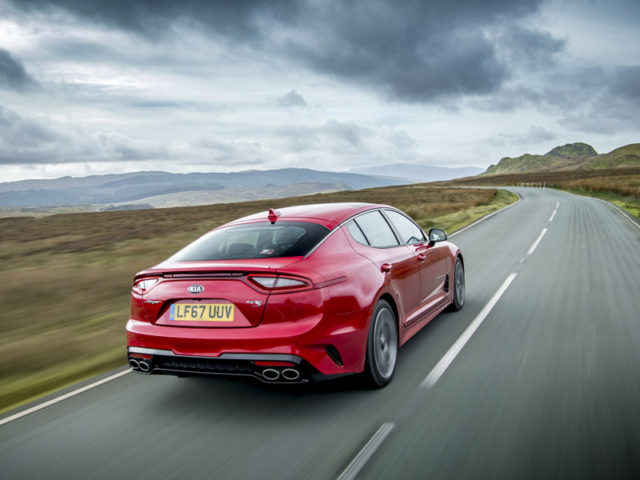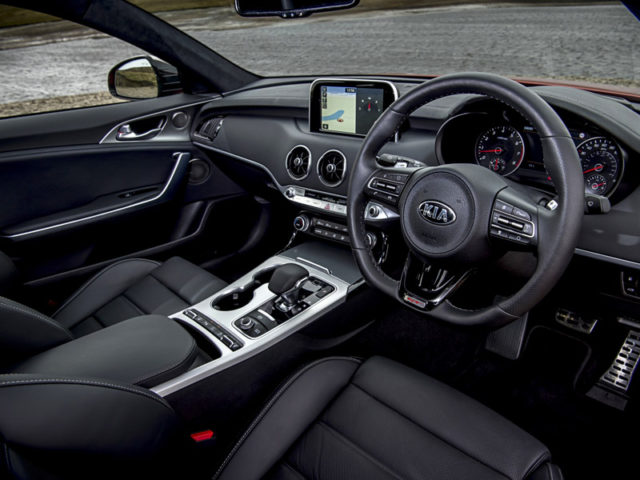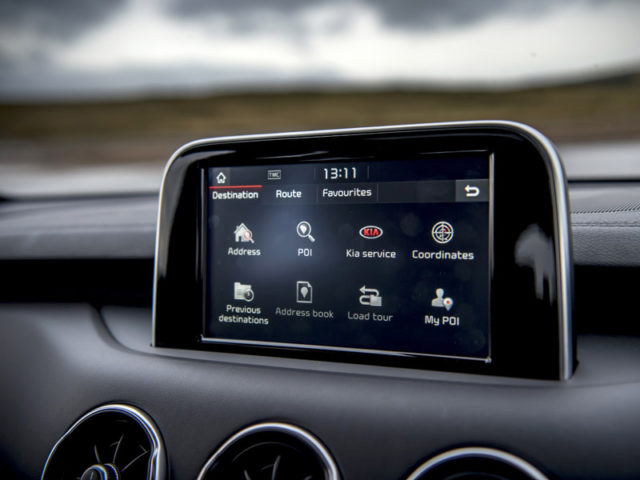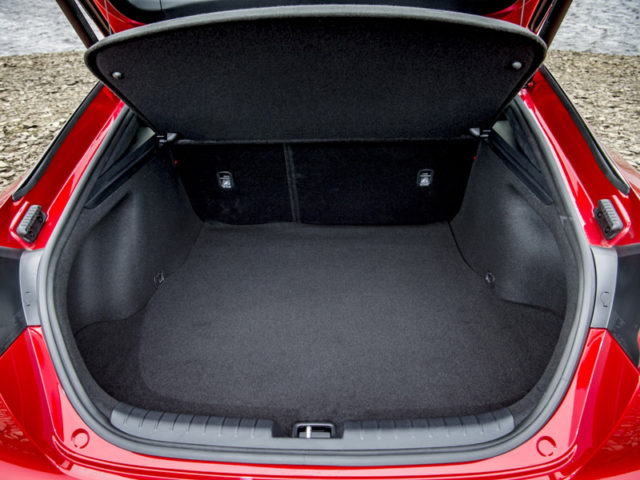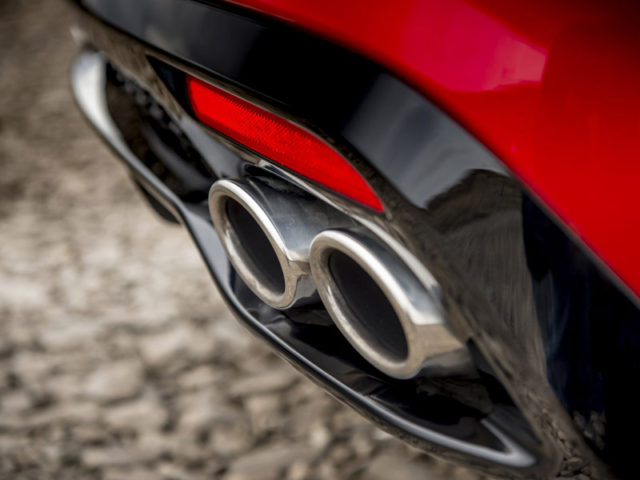Road Test: Kia Stinger GT
Kia’s 370hp flagship is a turning point beyond its modest sales expectations, says Alex Grant.
SECTOR Compact Executive PRICE €55,900 FUEL 9.9l/100km CO2 225g/km
Confidence; it’s a driving force at Kia lately, and justifiably so having spent a decade chipping away at mainstream rivals’ market shares with good-looking, high-quality competitively priced products. Even so, the Stinger – a rear-drive grand-tourer unrelated to anything else it sells in Europe – feels like a giant leap into the unknown.
Reviving the spirit of high-performance 1970s Continent-crossers, the flagship has premium brand performance saloons and coupes in its crosshair. It’s the production realisation of 2011’s GT concept, albeit with two extra doors, and shows Kia can build truly desirable upmarket products as well as stylish hatchbacks and SUVs.
This isn’t, strictly speaking, new territory; the price point is in line with the Sorento’s popular top trim levels, and the platform is shared with the K9 luxury saloon sold in other markets. Which means production can be stepped up, though volumes are conservative, including a significant fleet share.
There are no half measures here. Designed under Peter Schreyer, it’s got its own sense of style, with low-slung bodywork stretched over wide tracks and large wheels and tuned for high-speed aerodynamics. But it’s not garish with it, aside from the fake bonnet vents filling with water when it rains.
Likewise, the cabin feels suitably premium, with supportive bucket seats trimmed in soft leather, acoustic glass and aluminium accents throughout. It’s let down by a few hard, plasticky parts, but offers ample space for adults front and rear, with a generous boot easily accessed through a large hatchback. Its infotainment is familiar from other Kias, including a birds-eye view for parking – an essential feature, given the otherwise poor visibility.
Giving the Stinger agility to match that styling fell to ex-BMW M Division boss, now head of chassis engineering at Hyundai and Kia, Albert Biermann, and it shows. The chassis has all the confidence and poise of a coupe when you want it, while also being surprisingly compliant the rest of the time. Plenty of premium brand cars can’t match the comfort on offer here – it’s not just a saloon with heavy steering and stiff suspension, the Stinger is the real deal.
The GT is the full-fat version, getting a 370hp twin-turbocharged 3.3-litre V6 petrol engine and an eight-speed automatic transmission. It’ll reach 62mph in five seconds, putting the power down via a mechanical limited slip differential and, with peak torque available from 1,300 to 4,500rpm, in-gear acceleration is predictably effortless. In turn, it’s barely ticking over at highway speeds, settling between 8.0 and 9.0l/100km with a little restraint. Kia is also offering four-cylinder petrol and diesel engines, though the latter is a little behind rivals at 153g/km CO2.
Downsides are minor. The 60-litre fuel tank offers a range of 600-650km, so you’ll be a familiar face at the local filling station, and the petrol engines require 6,000-mile, six-month servicing. However the Stinger gets an unrivalled 100,000-mile, seven-year warranty, as offered on the rest of the Kia line-up. Drivers who can’t overlook the badge on the bonnet are missing out.
What we think
The Stinger is the sort of multi-talented tourer that could have come from decades of heritage, and bodes really well for future models. All it lacks is a premium brand badge.


